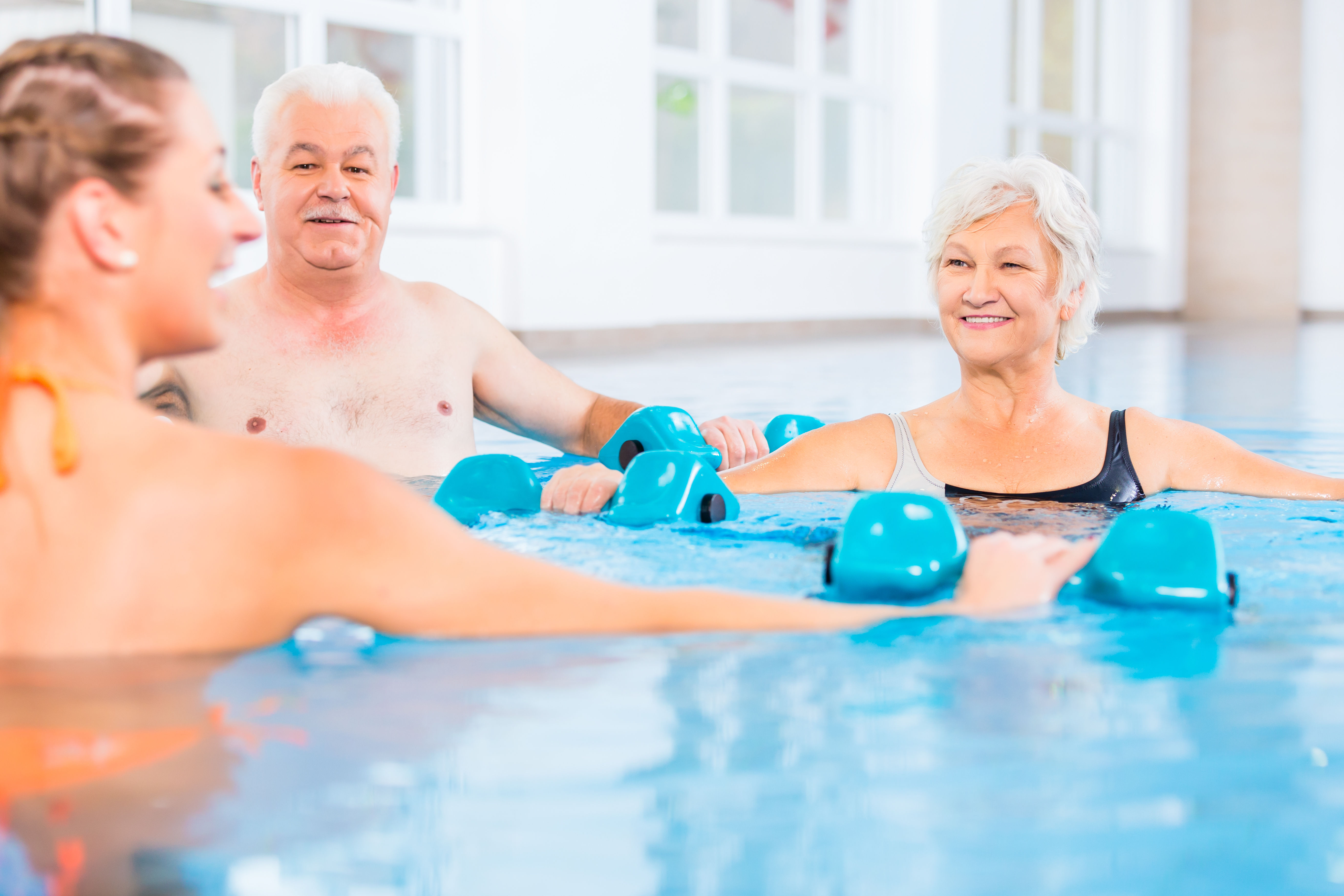TYPES
Watsu is an aquatic massage where you are floating comfortably in warm water.
Sitz bath – In this type of therapy, you will sit in a tub with two adjacent tubs of water; one is warm and the other is cold. Your feet will be in another tub. This bath is suggested for those who have premenstrual syndrome (PMS), menstruation problems and hemorrhoids.
A warm water bath is given for up to 30 minutes. You can also add mineral or moor mud, Epsom salts, aromatherapy oils, ginger, and dead sea salts.
Steam bath or Turkish bath – In this therapy, the room will be filled with warm, steamy air. The steam helps the body discharge impurities.
The sauna uses warm air to help you sweat out.
Cool compresses lessen infection and swelling, while warm compresses enhance blood flow and ease stiff and sore muscles. In this therapy, the towels are immersed in warm and/or cool water and placed on a specific area of our body.
Wraps are used for those who have colds, skin disorders, and muscle pain. While lying down, cold wet thermal sheets are used to cover the body. The person is then covered with dry towels and then blankets. The body warms up in react and dries the wet sheets.
Contrast hydrotherapy – Put down the temperature until you make yourself comfortable. After 30 seconds, turn the water off.
Warming socks- Prepare cotton socks and wet them. Thoroughly squeeze them out and wear them on your feet. Then use another pair of dry cotton socks and place them on your feet. In the morning, remove the socks. Cold wet socks improve circulation of the body and help reduce congestion.
Hot fomentation is said to relieve symptoms of acute conditions like chest colds, and cough. It can lower the length of sickness.
Hydrotherapy pool exercises – Warm water allows us to perform exercises without fighting gravity and resistance. Also, it is helpful for those who suffer from back pain, arthritis and musculoskeletal pain. Hydrotherapy exercises are different from water aerobics, because hydrotherapy tends to be slow and controllable in its movements. It is usually done with the guidance of a physiotherapist.


